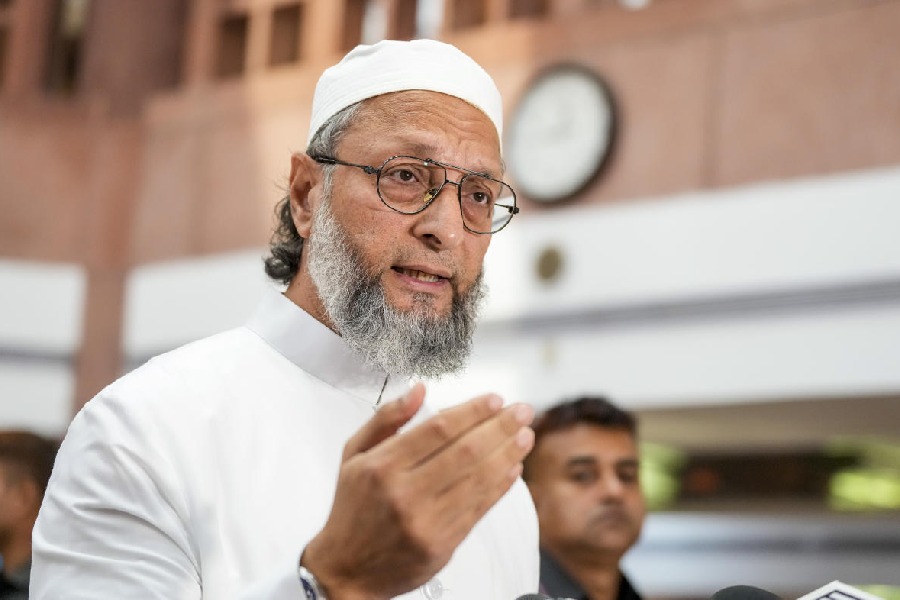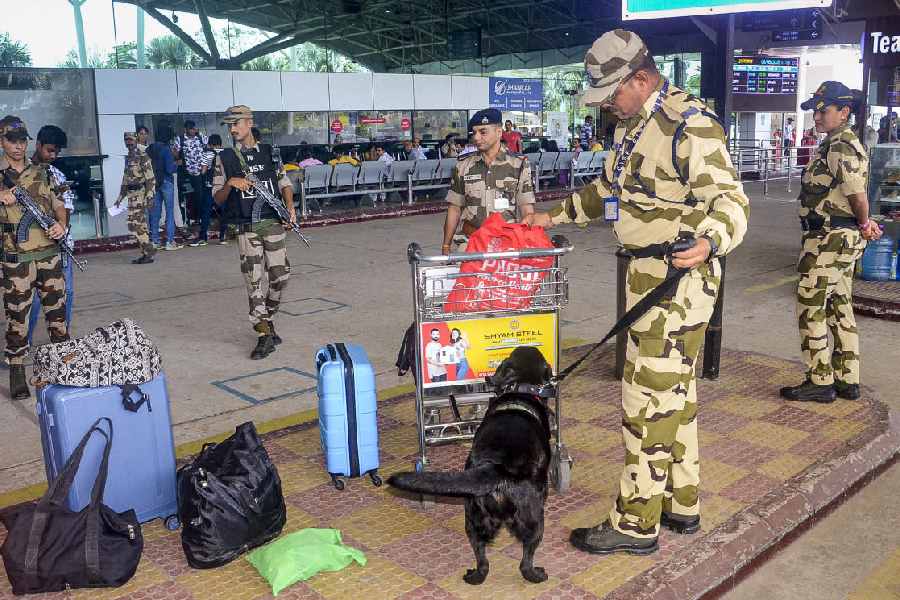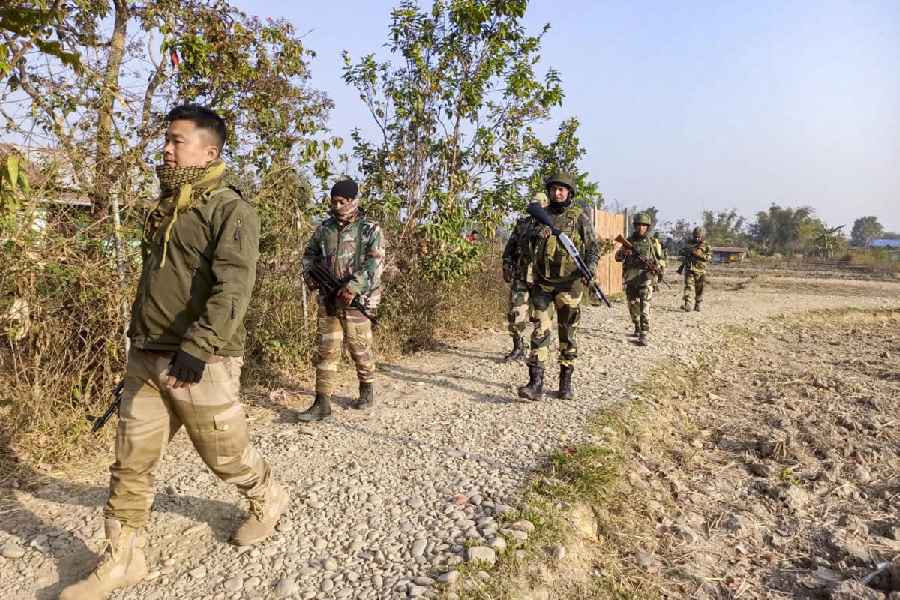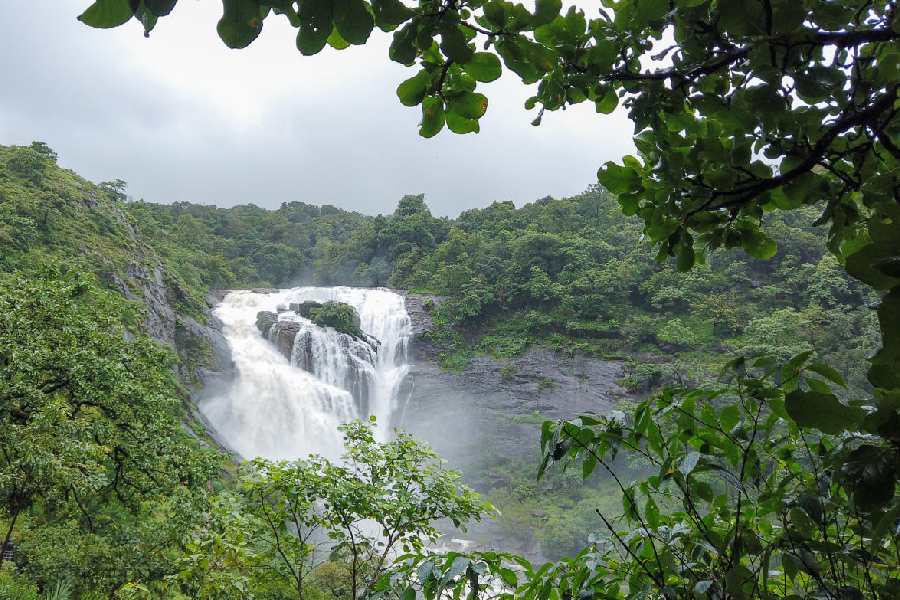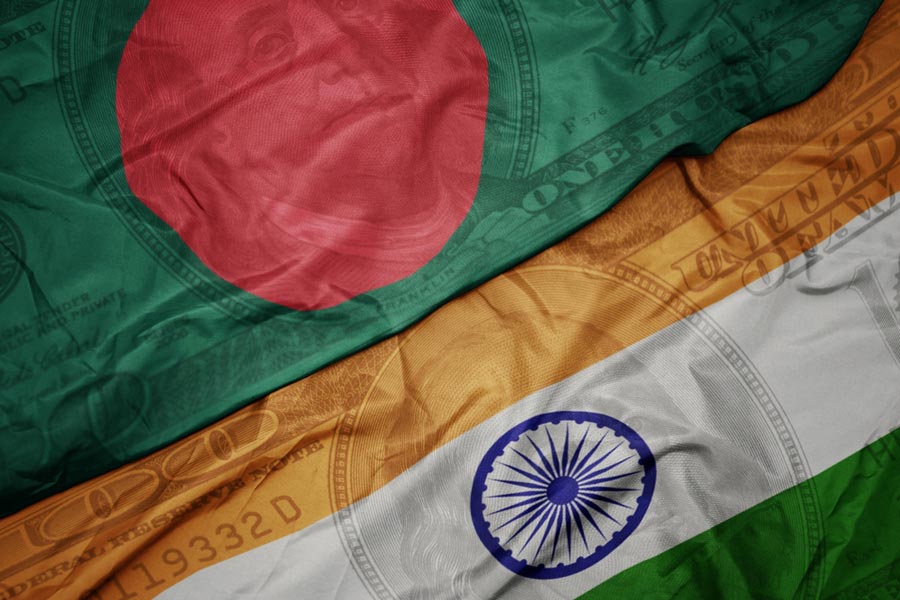 |
Over the last few weeks, the modest drawing rooms of Pritam Kaur and Gobind Kaur have hit the headlines around town. The two ladies and their families have, overnight, become the first Sikh family of Calcutta. Quite rightly too — their eldest brother is India’s 14th Prime Minister.
All reports indicate that they, like most Sikhs, are down-to-earth, genuine and generous. These and many more admirable qualities are what set Sikhs apart. Sadly, Calcutta has rarely stopped to salute its super Sikhs. Allow me to take my hat off to an incredible community.
There isn’t any record of who the first Sikh resident of the city was. There is, though, definite proof that Guru Nanak himself visited the city in 1508, on his way back from Dhaka, en route to Puri, to visit Chaitanya Mahaprabhu.
The second Sikh to stop by was the ninth Guru, Tegh Bahadur, in 1667. Like most of his incredible breed, he, too, went out of his way to bring about peace. In fact, he went all the way to Dhubri, in Assam, via Calcutta, to make two warring rajas sheathe their swords. Both gurus put up at 172, MG Road, where now stands the Bara Sikh Sangat Gurdwara, built in their memory, in Burrabazar.
Bachan Singh Saral, the city’s most well-informed Sikh historian and journalist, puts it at about 100 years ago when the first Sikhs started settling in Calcutta. Initially, it was the most convenient stopover for job-seeking Punjabis to the Far East. As the years rolled by, while returning back to the Land of the Five Rivers for a taste of sarson da sag and makai ki roti, they realised that progressive Calcutta was a more comfortable option than faraway Malaysia and Singapore. They dropped anchor on the Hooghly and this city became their home. Three or four generations down the line, it is now estimated that there are about two lakh Sikhs in and around Calcutta, most of whom speak Bengali with a flourish and down rosogollas with relish.
To cater to the spiritual needs of a deeply religious people, gurdwaras were built every few years. Today, there are 24 of them. The prayer place with the most interesting story behind it is the one at Rashbehari — Jagat Sudhar, built in 1933.
To cater to the increasing concentration of Sikhs in south Calcutta, there was a gurdwara within the barracks of the Ballygunge military camp. All was well till 1924, when the high priest decided to do his bit for the swadeshi movement by setting fire to foreign goods and clothes.
The British commanding officer put a huge padlock on the gurdwara and told the high priest to get lost. The determined old sardar, like most of his breed, didn’t know what giving-up meant. A small garage on Balaram Bose Road is where he set up his ‘new gurdwara’, before finally moving it to its current location on Rashbehari. Today, because of its location and the fact that its doors open as early as four in the morning, the most well-attended gurdwara in the city is Sant Kutiya, in Bhowanipore.
They say, and you and I know, Sikhs make friends very easily wherever they go. Bengal is no exception. Perhaps their best Bengali dost was Subhash Chandra Bose. When Netaji was protesting against the Black Hole Monument, scores of Sikh lads walked every day from Rashbehari to Dalhousie, hammer and sickle in hand, as they attempted to bring the monument to the ground. Many were arrested and many sent back to Punjab.
Then again, after Netaji resigned from the Congress and called a meeting at Sadananda Park on May 5, 1935, many Sikhs attended. Some came all the way from Punjab. It was here that the All India Forward Bloc was born and many Sikhs joined as founder-members, including one Jaimal Singh. He, like so many others of his breed, was generous to a fault. He stood up and announced that he would be making a spot donation of Rs 1,000 to Bose paaji’s party, with the promise to donate a lakh of rupees in the future. In fact, Netaji even had a Sikh dost by his side through his escape right up to Peshawar. Freedom fighter Niranjan Singh Talib was finally arrested, brought back to Lahore and jailed, while his Bengali dost disappeared, never to return again. The dosti, however, continued, with Sardul Singh Kavseer succeeding Netaji as the Bloc’s chairman.
Today, too, there is a galaxy of Sikhs Calcutta is proud of. We salute the skills of hockey Olympians Gurbux, Joginder and Baljit Singh Saini; the enterprise of businessmen Bakshish Singh Dhanjal, Bhupinder Singh Sarna and Joginder Singh Johal; and the brilliance of the Bhandari brothers. While Ranvir Bhandari continues to take the standard of luxury hotels to new heights, elder brother Inderpal is Calcutta’s sensational Sikh who has taken America by storm.
In the aftermath of 9/11, while some paranoid Americans were targeting every turbaned traveller, US intelligence agencies were quietly talking to our turbaned former Calcuttan, now considered one of the world’s foremost data mining experts. His company, Virtual Gold, went on to create MedInt, an early warning programme against bio-terrorism and MailInt, a similar system against terrorism by mail. Besides, this software superman, who studied in La Martiniere, has influenced the NBA big time — second only to Michael Jordan — without even going on court. Advanced Scout, IBM’s state-of-the-art computer software, helps basketball coaches crunch reams of statistics at warp speed to analyse team performance. It has revolutionised match preparation and puts points on the leader board for teams that swear by it. Incredibly, Inderpal now has his dad, Jagmohan, a Sialkot refugee-turned-Claudius-contemporary on the hockey field now retired customs officer, as his partner. Bhandari Sr oversees the operations at Avita, on Wood Street, Virtual Gold’s real image in Calcutta.
Above all, I salute, the Sardarji taxi-driver of Calcutta, bhadro, like most of his breed. Now, unfortunately, there are barely 50 still at the steering, and most of them hit the road at four in the morning and are back home by nine. I remember my mother telling me and my brothers, when we hustled her for taxi-fare instead of the usual tram-fare to get to the club, “Beta, as long as you find a Sardarji’s taxi… You will be safe in his hands.”
What a coincidence! Very recently, the mother of the MP from Amethi told a billion of us quite the same thing. Of course, she wasn’t referring to my taxi driver; she was referring to one of the same incredible breed.


